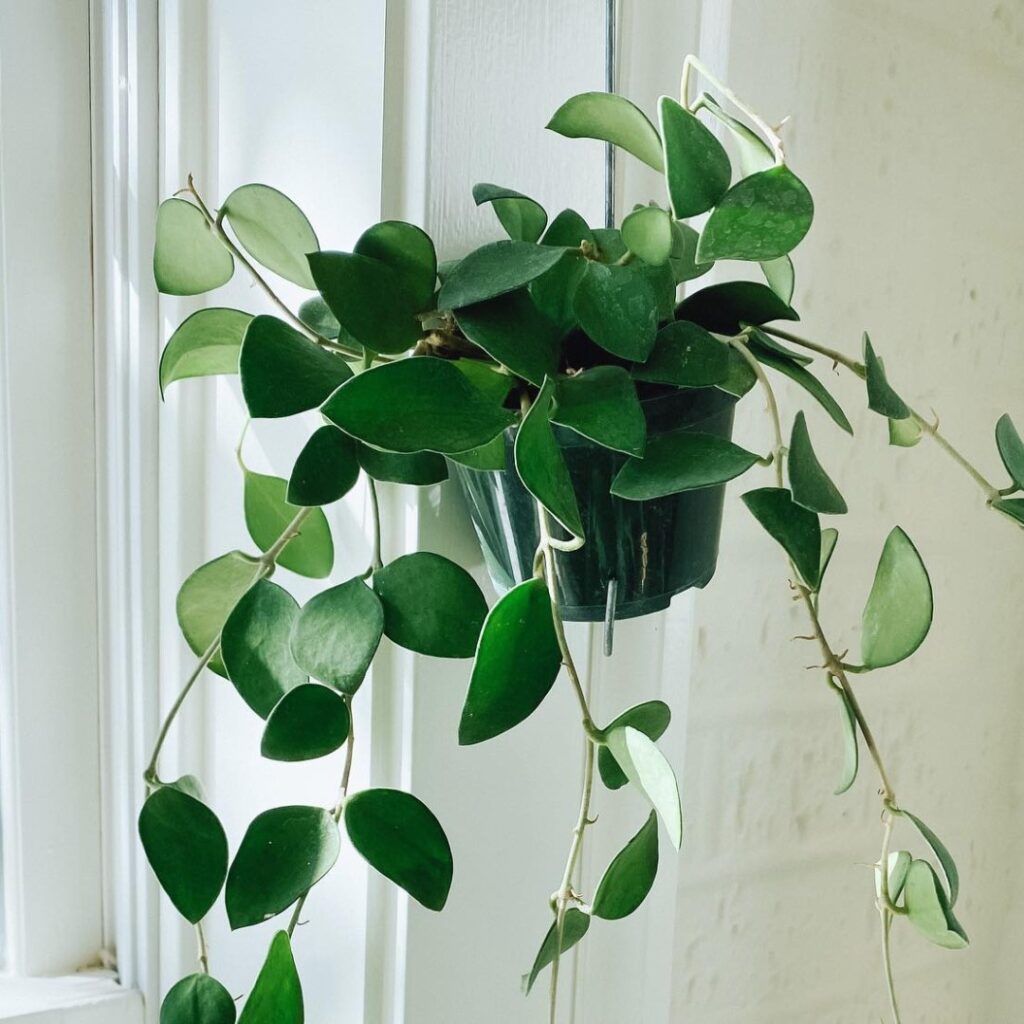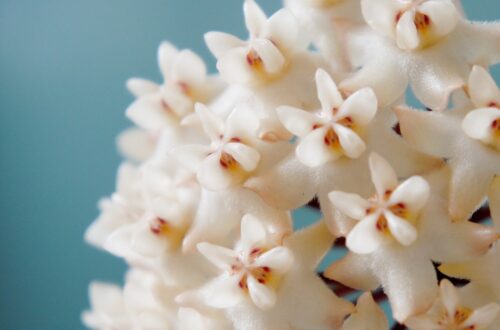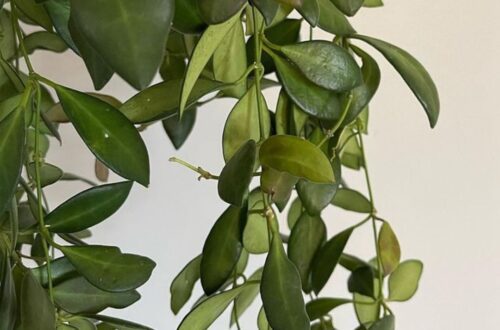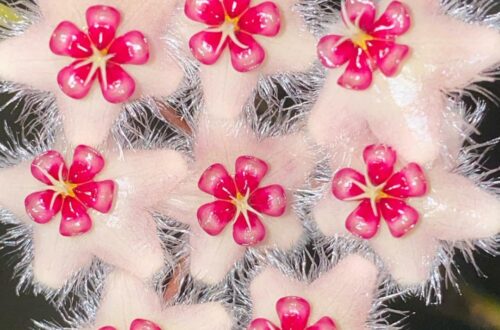
Hoya Nummularioides Care
We cover all you need to know about Hoya Nummularioides care and propagation…
Hoya Nummularioides Care Summary
| Light needs: | Bright indirect sunlight. |
| Watering needs: | Only water it if the soil is dry all the way down. |
| Fertilizer: | Balanced feed every month in spring and summer, a high phosphorous one when flowering. |
| Soil: | A mix of cactus soil, perlite and orchid bark. |
| Humidity: | 50% or more. |
| Temperature: | 18-26°C (64-79°F). |
| Where to buy: | Try our list of Rare Plant Shops. |
| Common issues: | Overwatering and root rot. |
Introduction
Hoya Nummularioides is a vining epiphyte that grows elegantly. This plant is a good choice for indoor gardening, especially for beginners, it is a great way to get into growing epiphytes like orchis or hoyas.
The Hoya Nummularioides is an epiphytic plant native to parts of Asia and can bloom several times a year and have a beautiful fragrance.
See also: Hoya Soil, Hoya Lacunosa, Hoya Curtisii, Hoya Compacta Care.
Tip: we recommend Etsy for buying plants. Look for the best rated seller you can, and try to buy as close to your home as possible so the plant does not travel too far.
A note about affiliate links: when you buy a plant, pots, soil, or other goods through links on this article we sometimes earn a commission. It doesn’t cost you anything, but it really helps us out if you do use them. Thanks a lot! An example of this is if you buy a plant on Etsy using this link. Read our privacy policy for more information. Thanks again.
Hoya Nummularioides Light
They need bright indirect light to thrive. Direct sunlight can burn the leaves so be careful. They will do ok further back from the window in medium light but may flower less often.
How Often To Water?
Check the soil weekly and only water it if totally dry. Hoyas need to dry out like cacti, and similarly can be overwatered easily. They grow in tree bark in the wild, up in the branches, and do not grow in the ground in wet soil, so keep this in mind before drenching them.
Fertilizers
Do not feed in winter, but you can use a high in phosphorous feed while they are blooming and before, if you can time it right, to encourage flowers. The rest of the year you can use a balanced feed every month, making sure it is well diluted.
Soil
A mix of cactus soil, perlite and orchid bark is a great mix for hoyas. For more on hoya soil see our guide here: Hoya Soil.
When To Repot?
Hoyas are ok to be root bound a bit, so you can wait to repot them see roots growing out of the drainage holes on the bottom of the pot. They will grow quicker if the roots are given space to grow. The best time to repot is during spring or summer when the plant is growing.
Humidity
Aim for humidity of 50% or more. Increase humidity by placing the plant on a pebble tray or grouping plants together.
Temperature
Aim for 18-26°C (64-79°F) during the day and no lower than 10°C (50°F).
How To Propagate Hoya Nummularioides
Stem cuttings are the easiest way to propagate a Hoya Nummularioides, follow these steps:
- Cut sections of the vine into pieces ith at least 3 or 4 leaves.
- Strip the leaves from the bottom two nodes.
- Put the cutting in a jar of water to root (with the leaves out of the water and naked nodes under the surface).
- Keep it warm, humid and well lit.
- Once rooted, pot them up in soil and let them grow into it. They should produce new leaf growth soon.
For more on hoyas see our hoya category with all our hoya care guides.
Hoya Nummularioides Vs Mathilde
These two hoyas have similar flowers and growth patterns, but the Mathilde is speckled with flecks of variegation.
Is It Toxic To Cats?
They are toxic to cats if eaten, and can cause vomiting and numbness. So seek vets advice immediately if your pet eats any.
Hoya Nummularioides USDA Zone
They can live outdoors in zones 10-12.
Hoya Pubera Vs Nummularioides
You can tell these plants apart as the Nummularioides has fuzzy leaves, while the pubera has a much smoother leaf texture.
Hoya Nummularioides Flower Scent
It has a really strong sweet scent.
Hoya Nummularioides Origin
The grow in the wild in tropical parts of Asia.
Where To Buy
Try our list of Rare Plant Shops.
FAQs and Common Problems
Can I grow it in water?
Yes, they can root a grow in water as long as you start the cutting in water to begin with.
Why are my Hoya Nummularioides leaves curling?
Curling leaves are usually caused by overwatering. Make sure you let the soil dry you before watering again .
Why do my Hoya Nummularioides leaves have brown spots on them?
Brown spots are usually a sign of either too much sun or not enough humidity. Move your plant to a slightly less sunny spot if you think it’s getting too much sun. You can improve the humidity by misting.
Other Articles You Might Like
Hope you liked our article, you might also like these articles: Hoya Soil, Hoya Lacunosa, Hoya Curtisii, Hoya Compacta Care.
Please follow us on Instagram and Pinterest for regular plant updates and occasional plant giveaways.





